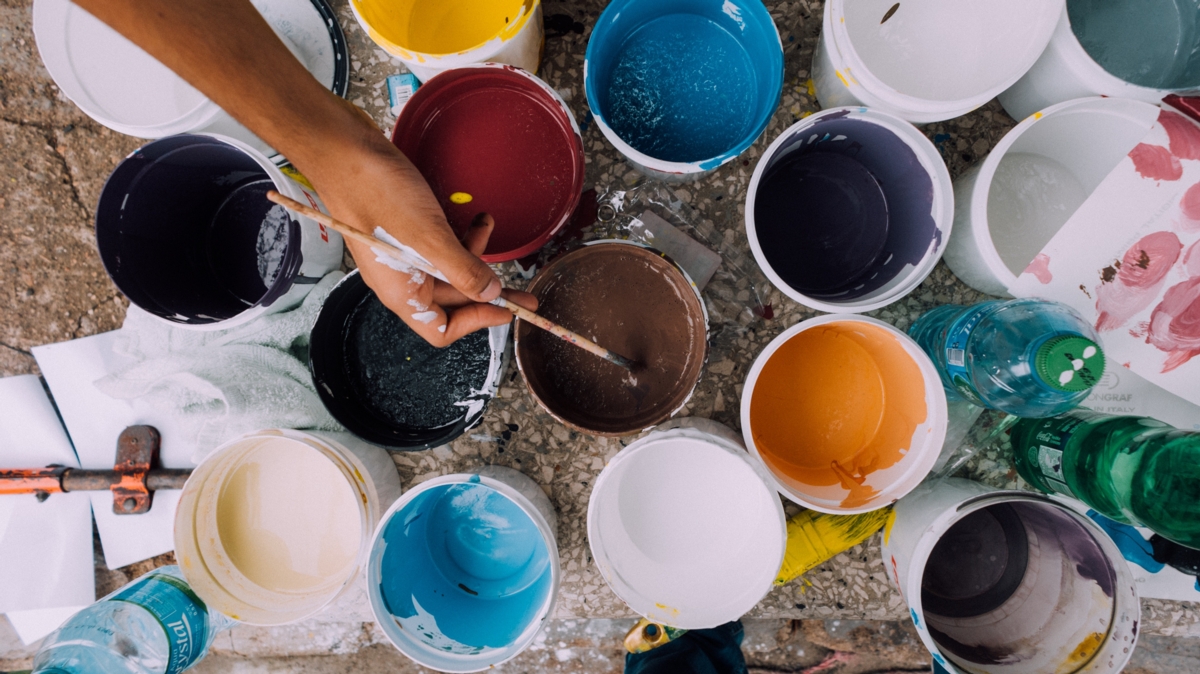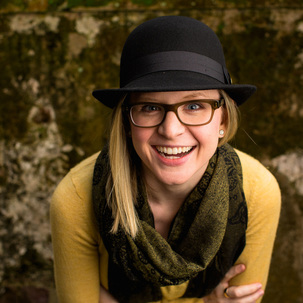You Can Do It! Art at Home: 5 Tips
Do you wish you could do more art with your kids? Like many parents of young children, the thought of more art projects at home might spike your anxiety level a bit. There are lots of reasons that keep us from doing art with our kids.

Perhaps a cute idea turned to chaos a time or two (yes I’m talking about that permanent reminder spot on the carpet or wall). Maybe it’s a classic feeling of not having time for such an overwhelmingly consuming venture. And let’s be real, maybe you’re feeling insecure that the final project won’t look as cute as its Pinterest inspiration. No one likes to feel like a failure.
But the evidence is overwhelmingly clear that art is valuable and beneficial to the healthy cognitive development of children. So maybe your answer has been to rely on the art professionals at your children’s school, or to take them to specific art events. These are great choices that you should definitely keep making, and your kids will remember these experiences for much longer than you realize. As an experienced art educator, having taught hundreds and hundreds of students in a variety of settings, I have the privilege of seeing direct impact of quality art education with students. Improved fine motor skills, increased attention to detail, growing observational abilities, emotional articulation, and boosts in self-confidence are no small accomplishments in our children, thanks to art experiences! I love to help facilitate these achievements so much that I’ve made it my career. I want every parent to see this kind of growth first-hand! I have also noticed a difference in students who get to do art activities at home, and those who don’t. Students already exposed to art experiences step up to the plate a bit more outgoing and freer in creativity and expression.
I’d like to challenge you to try an art project at home this week. It doesn’t have to be scary, I promise. Side note, has anyone thought about just how many tries a person has to take before getting those Pinterest-worthy results? I have made some big mistakes in art projects over the years, making unimaginable messes, but I’ve learned some strategies that help my projects stay organized and streamlined these days (mostly). Here are 5 things you can do to make art projects at home more successful!
1. Start Simple
Look around your house for anything at all that can be used to make art. Sometimes I plan projects based on materials, and this is a great way to start. Look at your recycling and in your kitchen. Old egg cartons? Perfect-so many possibilities! Salt in the cupboard? Here come amazing paint experiments! Grab your phone and search the internet for, let’s say: egg carton art projects. You don’t have to buy out a craft store to make art at home. In fact, you might not have to spend a dime! Once you’ve got an idea and the materials for a project, all that’s left is making it happen.
2. Think: Assembly Line
When I’m doing a project, I want my student to have everything they need to “assemble” their art project in an organized way right in front of them. In fact, if there’s paint involved, I don’t want a student to walk anywhere because this inevitably gets paint on every single surface he/she passes by. So, if we’re taking egg cartons as our example, do the egg cartons need to be cut? Maybe you cut the egg cartons before setting up the project for you child. Put them in an aluminum roasting pan ready to go on their left. If your child is older, maybe have the scissors and egg cartons next to each other so they can cut them herself/himself.
Break it into steps with the materials looking like an art buffet! Your child’s only focus should be to create art, and you should experience the wonder and delight with them instead of being a frantic gopher.
3. Set Up For Clean Up
As you prepare an assembly line, art buffet, be mindful of what the clean-up will look like. Make sure it’s something your child can help with, and a plan that doesn’t take as long as it took to make the art. It’s everyone’s least favorite part! As an example, I’ve done clay projects on butcher paper-covered tables. I kept a half-full bucket of water on the floor to put all the clay tools in at the end (can take to sink later), lunch trays ready to keep any saved clay sculptures, garbage bags to cover the clay and keep it wet. And the most fun part is when nothing is on the table but clay mess, the students get to help me make a “table burrito” to clean up (a table what…?) A table burrito is where all the mess is the inside of the burrito, and we pull of the corners and wrap the mess inside and then throw it away! In my experience, no child can help but want to make a table burrito.
4. Process Over Product
Here’s where our obsessive compulsiveness translates into parenting. I’ve been guilty of doing this with students in the past, and I have to catch myself from over-directing a student or even wanting to do a part of the project for the student so it will turn out exactly as I think it should. This can be a real bummer to a student truly engaged in a process. What is the real benefit of art to your kids? It’s the process, the exploration, and the problem-solving creating synapses that help their brain grow! So is it really important if the project doesn’t look like it was supposed to? Not if your children are enjoying themselves and doing their best.
5. Give Yourself A Break
This one I saved for last, because I think it’s the most important. There are so many pressures out there for you to feel like a perfect parent and to do every single thing with an almost insurmountable height of excellence. Give yourself a break. So you try to do an art project at home and something gets ruined, culminating in tears and a rift in the day. I know that can happen in the grocery store, at a party, on a walk, in the bathtub, at relatives’ houses, etc. You get my point. Your desire for your child to experience art through you and with you is amazing and you’ve got victory by trying. The positive moments will outweigh min-disasters, and I’m sure you’ll be able to laugh about them later. So keep trying, learning from the past, and get some more art in your life!

Featured Blogger
Kristine Peterson

A creative adventurist, Kristine Peterson began her arts endeavors very young. In her identity, Kristine captured the love for all things creative, drawing from the time she could hold a pencil and leading her to Alfred University where she graduated magna cum laude earning a Bachelor of Fine Arts. She was trained as a studio artist in all mediums, ultimately concentrating in ceramics and metal foundry and fabrication work. A portion of her senior thesis exhibition was selected for an emerging artist’s show at the Kathleen Cullen Gallery in New York City. She first began teaching art while at Alfred University, even traveling to and living in Anan-Cho, Japan for three months to teach pottery. Following her undergraduate experiences, she worked as a tour leader for a traveling hands-on children’s museum. This allowed her to visit thirteen different states and over seventy-five different schools. With an ignited passion for art education, Kristine attended Mansfield University of Pennsylvania earning her Master of Education in Art Education degree. Upon her graduation, she received the Outstanding Art Education Award for her performance excellence in the program. She moved to Charleston from Pennsylvania in 2012 to work as an art teacher in the Charleston County School District. During her very first year she was selected Charleston County School District’s “Rookie Teacher of the Year.” She taught in the Charleston County public schools for three years. Kristine is now the Art Director and an Instructor at Black Tie Music Academy (www.blacktiemusicacademy.com) offering both art and music instruction for all ages and levels.


























